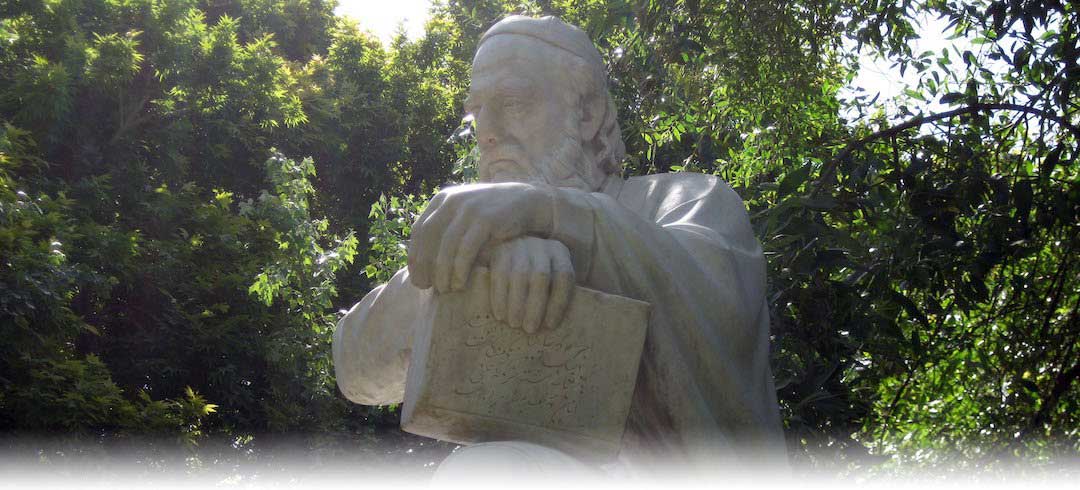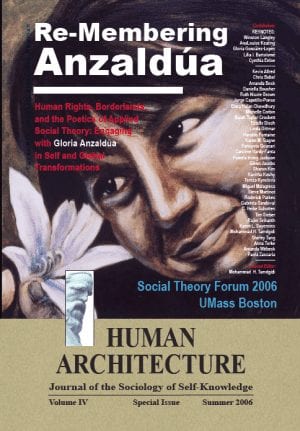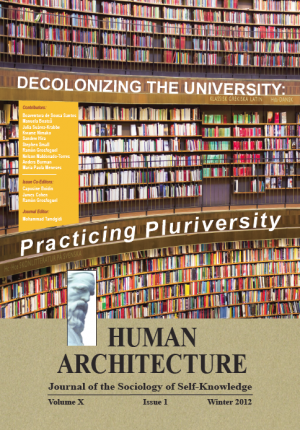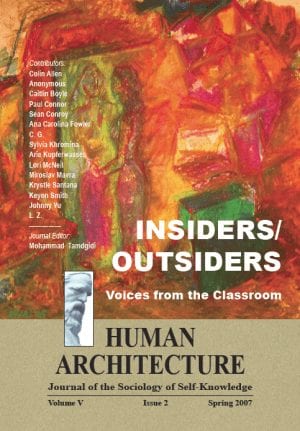Journal Article — The Use of Spike Lee’s Bamboozled to Promote Difficult Dialogues on Race — by Stephen E. Slaner and Sandra Clyne
$15.00
This paper will explore pedagogical strategies for using Spike Lee’s cinematic coup Bamboozled to stimulate thoughtful discourse about race in the college classroom.
Description
Abstract
This paper will explore pedagogical strategies for using Spike Lee’s cinematic coup Bamboozled to stimulate thoughtful discourse about race in the college classroom. The combined use of film excerpts, writing exercises and classroom discussion can help students to deconstruct racial stereotyping in the media. The students are asked initially not to converse about their emotional reactions to excerpts from the film, but to write about these responses for a brief ten to fifteen minute period. Having loosened up the flow of ideas through freewriting, the students are now ready to engage in a classroom discussion of the film clip. This oral discourse is followed by another, more reflective bout of writing, affording the students an opportunity to consolidate their ideas. Since Bamboozled portrays black performers in blackface in a “New Millennium Minstrel Show,” it displays virtually every imaginable stereotype about African-Americans. The film denaturalizes the racial stereotypes it depicts by making them the focus of our explicit attention and by showing us their historical origins. Like Kurosawa’s Rashomon, the film’s narrative is built through interweaving the discontinuities among multiple perspectives. So the viewer must become an active participant in the effort to untangle the film’s meaning as well as a catalyst for understanding and deconstructing the racial stereotypes. Bamboozled is an ideal candidate for Paulo Freire’s strategy of conscientization, since it can be used as a codification that facilitates students in actively coming to grips with contemporary American racism.
Recommended Citation
Slaner, Stephen E., and Sandra Clyne. 2008. “The Use of Spike Lee’s Bamboozled to Promote Difficult Dialogues on Race.” Pp. 7-16 in Teaching Transformations 2008 (Human Architecture: Journal of the Sociology of Self-Knowledge: Volume VI, Issue 1, 2008.) Belmont, MA: Okcir Press (an imprint of Ahead Publishing House).
The various editions of this issue of Teaching Transformations 2008 can be ordered from the Okcir Store and are also available for ordering from all major online bookstores worldwide (such as Amazon, Barnes&Noble, and others).
Read the Above Publication Online
To read the above publication online, you need to be logged in as an OKCIR Library member with a valid access. In that case just click on the large PDF icon below to access the publication. Make sure you refresh your browser page after logging in.








